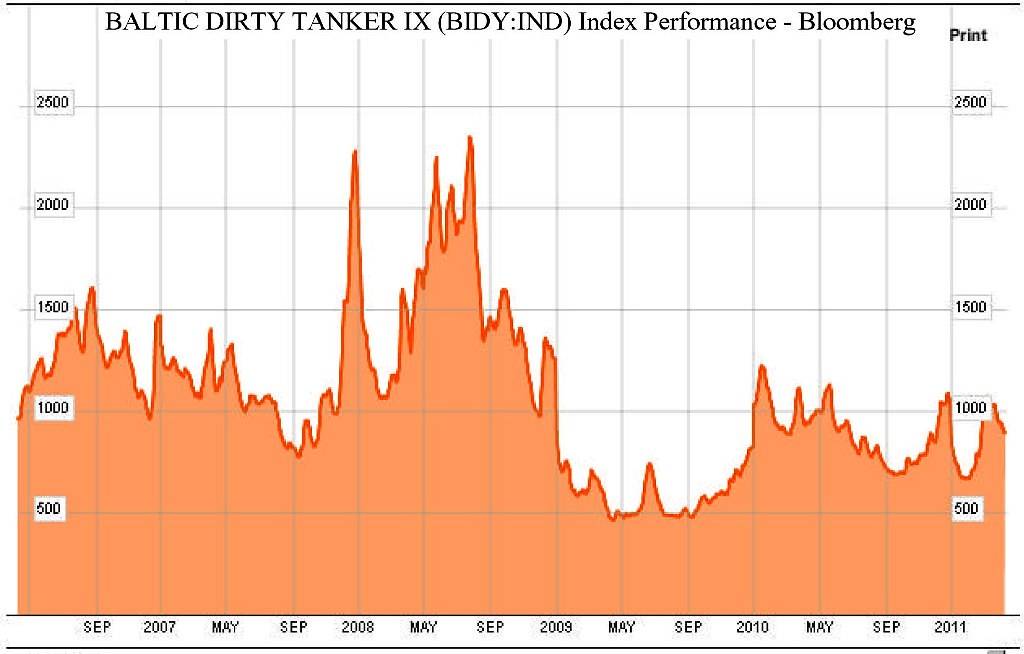JiggsCasey
VIP Member
- Jan 12, 2010
- 991
- 121
- 78
In case you missed it.
IMF warns oil growing scarce, most costly.
The first pillar of global empire has finally come out and admitted what they've known about for years. What WE have known since May of 2001, when a US administration hid domestic energy policy from the American people -- all the way to the Supreme Court.
Will the others follow suit, or keep up the charade? World Bank? USAID?
Anyone taking odds on the DOW up or down today?
IMF warns oil growing scarce, most costly.
The first pillar of global empire has finally come out and admitted what they've known about for years. What WE have known since May of 2001, when a US administration hid domestic energy policy from the American people -- all the way to the Supreme Court.
Will the others follow suit, or keep up the charade? World Bank? USAID?
Anyone taking odds on the DOW up or down today?

